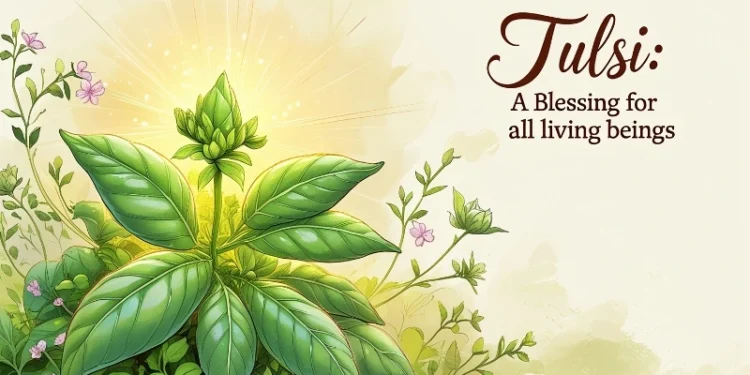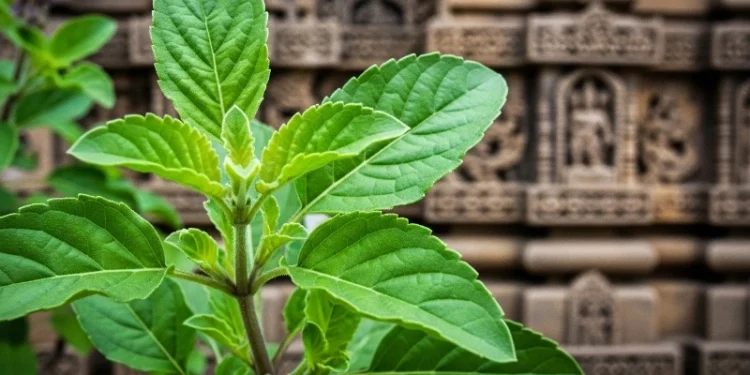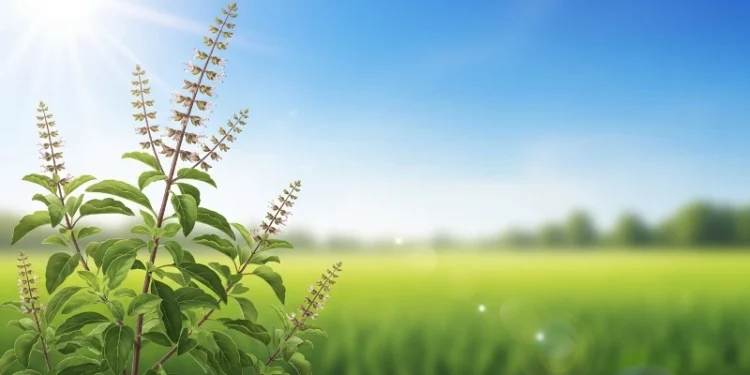Monsoon rain is one of nature’s most enchanting phenomena. The sound of raindrops, the cool breeze, and the fresh smell of earth create an atmosphere that many cherish. Along with this, certain foods become the perfect companions during rainy days — comforting, warm, and satisfying.

In this blog, we will explore the fascinating connection between the monsoon season and the delicious foods that people across cultures enjoy. We will dive into the traditions, recipes, health benefits, and social aspects of these rainy day treats, making this post a comprehensive guide to celebrating monsoon rain with food.
Table of Contents
1. The Magic of Monsoon Rain: A Seasonal Symphony
The monsoon is more than just rain. It’s a time when the earth seems to breathe anew. After months of dry weather, the arrival of monsoon showers transforms landscapes, fills rivers, and replenishes soil.
This season is crucial for farmers worldwide, as it supports the growth of many crops and sustains ecosystems. But for many of us, monsoon also means cozying up indoors and indulging in special foods.
The rhythmic sound of raindrops evokes nostalgia and warmth, and humans have long associated the monsoon with certain flavors and comfort foods that seem to make the rainy days more enjoyable.
2. Why Food and Monsoon Are Perfect Partners
Food and monsoon have a beautiful relationship. Rainy weather naturally changes what we want to eat and how we feel.
The cooler air and dampness make us crave warm, spiced, or fried foods that comfort and warm the body. At the same time, monsoon brings a variety of fresh seasonal produce like mushrooms, fresh greens, and certain fruits.
This seasonal shift encourages us to enjoy dishes that are both hearty and nutritious. For example, snacks like pakoras (fried fritters), hot teas, and warm soups become favorites during the rains.
The comfort of food during monsoon is a form of emotional nourishment, creating memories shared with family and friends.
3. Popular Monsoon Delicacies Across Cultures
Different cultures have unique foods that they love during the monsoon or rainy seasons.
India and Nepal: Pakoras, samosas, and chai (tea) are classic favorites. Dishes like khichdi and kheer also bring warmth and comfort.
Japan: Miso soup and warm rice dishes are commonly enjoyed to combat cold, wet weather.
United Kingdom: Traditional rainy day meals like shepherd’s pie and hot pies offer warmth and satisfaction.
South America: Hearty soups and stews are perfect for wet, chilly days.
One common theme is that fried and warm foods dominate rainy day menus. The contrast between the cold rain outside and the warm food inside creates a delightful balance.
4. The Science Behind Craving Warm and Fried Foods in the Rain
Why do we crave fried and warm foods during the monsoon?
The cool temperature and increased humidity affect our body’s metabolism and comfort levels. Warm, spicy, or fried foods help raise body temperature and improve blood circulation.
Additionally, rainy weather often makes people feel lethargic or low in mood. Foods rich in carbohydrates and fats provide quick energy, which can combat this sluggishness.
Many spices used in monsoon dishes, like ginger, turmeric, and black pepper, have warming and immunity-boosting properties, which help protect us from common rainy day illnesses.
5. The Role of Tea and Hot Beverages in Monsoon
No monsoon is complete without a hot cup of tea or coffee. Across many cultures, tea has become synonymous with rainy weather.
The aroma, warmth, and slight bitterness of tea create a perfect sensory experience to complement the sound of rain.
In places like India, masala chai with spices like cardamom, cinnamon, and cloves is a favorite. In England, a simple black tea or Earl Grey might be preferred.
Hot beverages also aid digestion and offer comfort during chilly monsoon evenings.
6. Monsoon Fruits and Vegetables: Freshness Amidst the Rain
The monsoon season brings its own bounty of fresh produce.
Mushrooms thrive in the damp environment, making them a seasonal delicacy. Other seasonal vegetables like bitter gourd, colocasia (arbi), and leafy greens become widely available.
Fruits such as lychee, plums, and guavas often reach their peak during monsoon.
These fresh ingredients inspire unique dishes that balance the fried snacks, offering nutrition and variety during the rainy months.
7. Traditional Monsoon Snacks: Pakoras, Samosas, and More
Pakoras — deep-fried vegetable fritters coated in chickpea flour — are a symbol of monsoon snacks.
Samosas, with their crispy outer shell and savory fillings, are equally popular.
These snacks are often paired with spicy chutneys or hot tea, making them a perfect rainy day indulgence.
The joy of eating crispy, hot snacks while watching the rain is unmatched in many parts of South Asia.
Many families have secret recipes for these snacks passed down through generations, adding to the cultural richness of monsoon food traditions.
8. Health Tips for Enjoying Monsoon Foods Safely
While monsoon foods are delicious, rainy weather also increases the risk of illnesses like colds, flu, and digestive issues.
It’s important to enjoy monsoon foods in moderation and maintain good hygiene.
Here are some tips:
Choose freshly prepared snacks to avoid contamination.
Wash fruits and vegetables thoroughly before eating.
Include immunity-boosting ingredients like ginger, garlic, and turmeric in meals.
Drink plenty of fluids to stay hydrated.
Avoid excessive oily foods to prevent digestive discomfort.
By following these tips, you can savor monsoon delicacies without compromising your health.
9. Sharing Monsoon Meals: The Social and Emotional Aspect
Monsoon rains often bring people together indoors.
Sharing hot meals and snacks with family and friends fosters connection and warmth.
In many cultures, rainy days are occasions for storytelling, singing, or simply spending quality time with loved ones.
The communal aspect of monsoon foods adds emotional value, making the experience richer.
Food during the monsoon is not just about taste but about creating memories and nurturing relationships.
10. Making Monsoon Special at Home: Easy Recipes to Try
You don’t have to go out to enjoy monsoon delicacies; many simple recipes can be made at home.
Here are a few ideas:
Pakora: Mix chickpea flour with spices and vegetables, then deep-fry.
Masala Chai: Brew strong tea with milk, sugar, and aromatic spices.
Tomato Soup: A warm, comforting soup perfect for rainy evenings.
Mushroom Stir-Fry: Fresh seasonal mushrooms cooked with garlic and spices.
Sweet Rice Pudding: A soothing dessert after a rainy day meal.
Preparing these dishes can be a fun family activity that brings the monsoon spirit alive indoors.
11. The Nostalgia of Monsoon Foods in Popular Culture
Monsoon foods have a special place in songs, movies, and literature.
Many poems describe the joy of sipping tea with pakoras while rain falls outside.
Films often show characters bonding over monsoon snacks, highlighting their cultural significance.
This nostalgia enhances the emotional connection we have with these foods, reminding us of simpler times and cherished moments.
12. Global Variations: Monsoon and Rainy Season Foods Worldwide
While this post highlights South Asian monsoon foods, other parts of the world have their own rainy season favorites.
In Vietnam, hot pho soup is a rainy day staple.
In the Philippines, warm rice cakes and coffee are common companions to rain.
In Africa, hearty stews and grilled maize are enjoyed during wet seasons.
Exploring these global variations shows the universal human desire to find comfort in food during wet weather.
13. Environmental Impact: Sustainable Eating During Monsoon
The monsoon season can be challenging for food supply chains due to flooding and transportation issues.
Embracing local, seasonal produce during monsoon supports sustainable agriculture.
Reducing food waste and choosing eco-friendly cooking methods can help protect the environment.
Monsoon foods often emphasize simplicity and local flavors, aligning well with sustainable eating habits.
14. The Future of Monsoon Food Traditions
As lifestyles change and urbanization grows, traditional monsoon food habits may face challenges.
However, food bloggers, chefs, and communities are working to preserve and promote these traditions.
Innovations like fusion recipes and healthier versions of classic snacks are emerging.
By valuing and sharing monsoon food traditions, future generations can continue to enjoy the delicious companion to rainy days.
15. Final Thoughts: Embracing Monsoon with Open Arms and Full Plates
The monsoon season is a gift of nature that refreshes the earth and our spirits.
Food plays an essential role in making this season enjoyable, comforting, and memorable.
Whether it is the crispy pakoras, the steaming chai, or a simple bowl of soup, these foods create joy that complements the rain’s magic.
So next time the skies open up, invite your loved ones, prepare some warm delights, and celebrate the beautiful bond between monsoon rain and food.
Frequently Asked Questions (FAQs)
Why do people prefer fried foods during monsoon?
Fried foods are warm and crispy, which help counter the cold and dampness of the rainy weather. They also provide quick energy.
Is it safe to eat street food during the monsoon?
It is safer to eat freshly prepared foods from hygienic sources. Avoid food that has been exposed to rain or stored for long.
What are some healthy monsoon food options?
Warm soups, steamed vegetables, fruits, and dishes with ginger and turmeric are healthy monsoon choices.
Can monsoon foods help prevent illnesses?
Some ingredients like ginger, garlic, and turmeric have immunity-boosting properties that can help protect against common infections.
How does tea help during the monsoon?
Tea provides warmth, improves digestion, and its antioxidants support overall health during rainy seasons.
What fruits are best to eat during monsoon?
Fruits like lychee, guava, plums, and apples are often in season and provide essential nutrients.
Are monsoon snacks oily?
Many monsoon snacks are fried and oily, so they should be eaten in moderation to avoid digestive issues.
How can I enjoy monsoon foods if I don’t like fried items?
Try warm soups, steamed snacks, or roasted nuts as alternatives to fried foods.
Why does monsoon food bring people together?
Sharing warm meals during rainy days creates a cozy, communal atmosphere that strengthens bonds.
Can I prepare monsoon snacks in advance?
Some snacks can be prepared fresh, but it’s best to eat fried items immediately for the best taste and hygiene.
If you want, I can also provide specific monsoon recipes or tips to make your rainy day foods healthier and tastier. Would you like me to?






